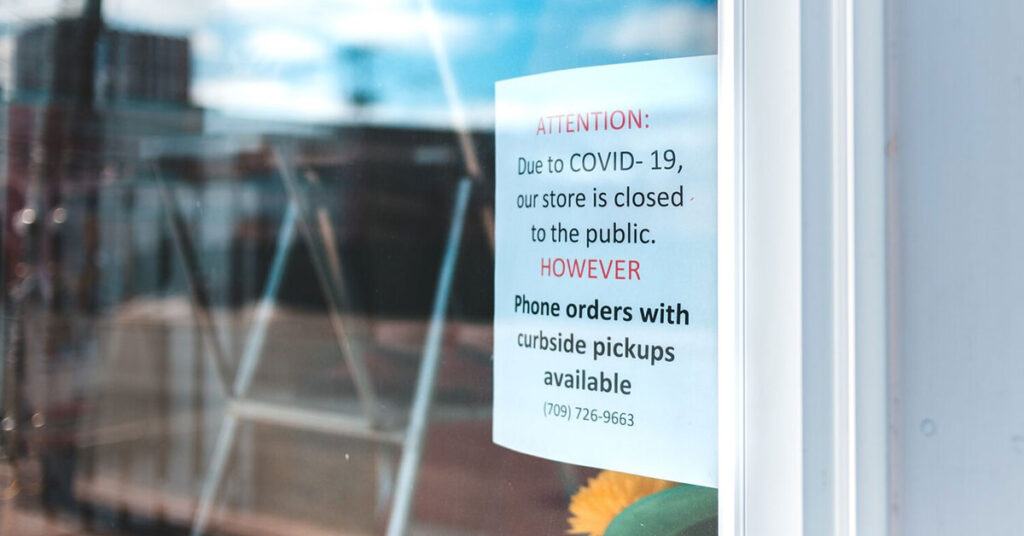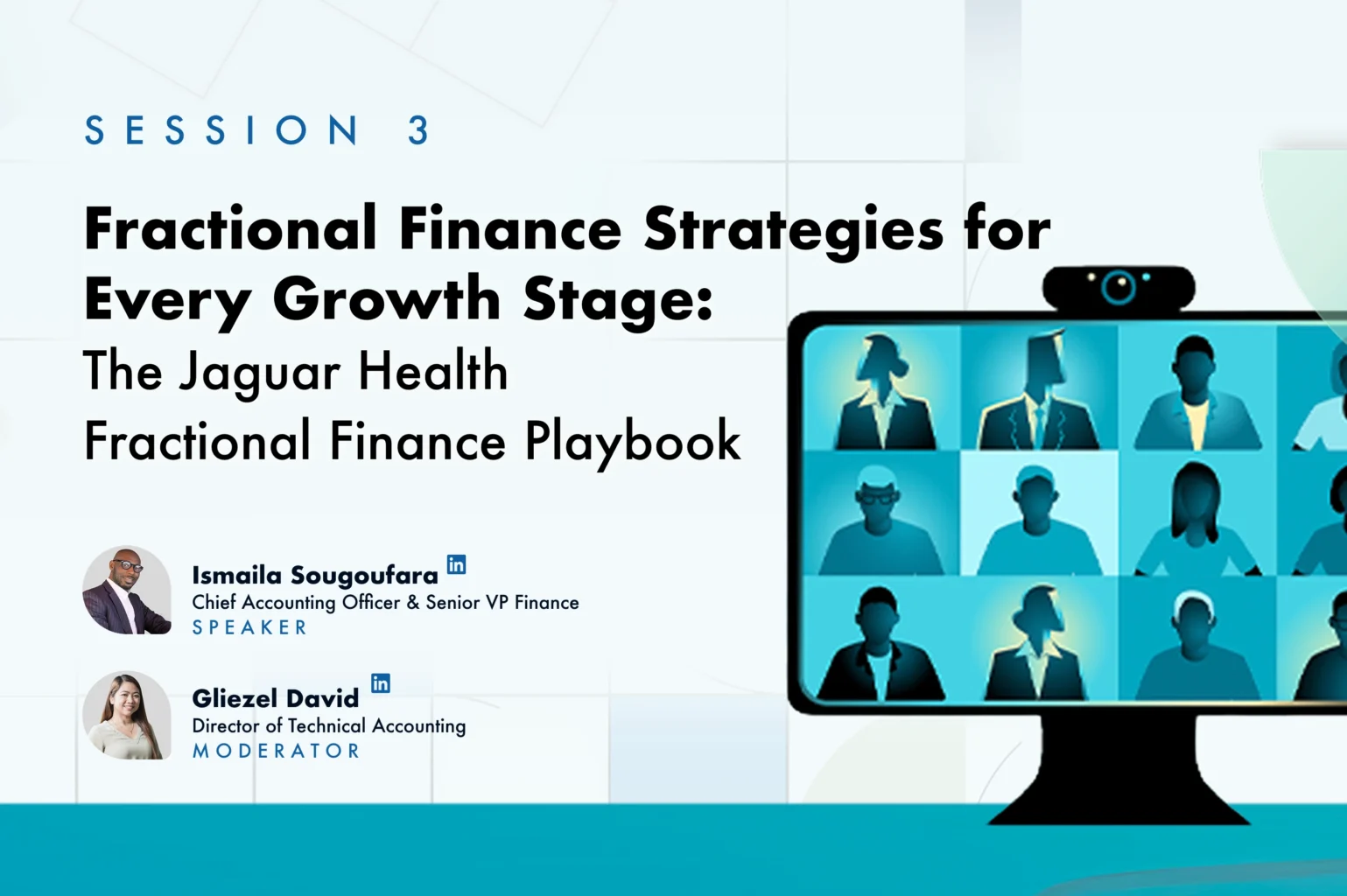The approval of the 2nd round of funding for CARES Act economic relief programs replenishes the pot for Paycheck Protection Program (PPP), Economic Injury Disaster Loan (EIDL), and related Advance Grant. Small businesses are encouraged to seize the opportunity to apply.
Note: This article is written in consideration of the details obtained as of April 25, 2020. Readers are advised to consider new developments subsequent to the date of the article. We will update information as it becomes available.
An additional of approximately $480 billion relief package was signed by President Donald Trump on Friday, April 24, 2020, which prompted the Small Business Authority (SBA) to announce that they will be accepting applications for PPP on Monday, April 27, 2020.
The additional funding, meant to mitigate the economic distress caused by social distancing mandate to temper the effects of coronavirus, will be disbursed through the following federal programs:
$320 billion to the PPP 2nd round of applications, $310 billion of which is for the loan funding itself, and $10 billion for administrative costs;
$50 billion for the EIDL Program’s existing applicants, following the announcement of SBA that application is currently suspended;
$10 billion for the EIDL Cash Advance, which will also be disbursed to existing applicants on a first-come, first-served basis;
$75 billion for hospital-related support; and
$25 billion for coronavirus testing.
PPP 2nd Round of Testing
The $310 billion appropriations for PPP funding is further allocated as follows:
$60 billion is allotted specifically for community-based and small lenders; half of the appropriation is allotted for lenders with $10 billion or less in assets, and the remaining amount is allotted for lenders with assets between $10 billion and $50 billion; and
$250 billion allotted towards general consumption, with the general eligibility requirements of SBA as with the interim final rule set forth.
The appropriation is made after several public companies and organizations received backlash after receipt of the PPP funding, which was intended to support the survival of small businesses through payroll coverage. Under the new guidelines, companies will have to certify that they do not have other sources of funding (like the ability to sell company stock) and are unable to secure a loan from a financial institution to be eligible.
In addition, the SBA is also urging large corporations to give back the money received or face scrutiny over whether they made the required certification in good faith. Corporations with other means of securing funding and accepted a PPP loan will have until May 7, 2020, to repay the loan in full without further SBA investigation.
The problems in allocation were some of the backlash received by the SBA, with the main problem focusing on the immediate depletion of the original funding of $350 billion. U.S. Treasury Secretary and U.S. SBA Administrator issued a joint statement regarding the depletion of the original funding as follows, “The SBA has processed more than 14 years’ worth of loans in less than 14 days.” These account for more than 1.6 million loan application approvals, from 5,000 different lenders.
E-Tran System
In order to combat inefficiencies of multiple applications due to borrowers reaching out to multiple lenders to secure loan applications, only one application per borrower can be processed through the SBA’s E-Tran System. Nonetheless, applicants from several businesses that were not processed through the first round of PPP funding say that a number has been provided for them to be queued in the pending PPP applications.
This mechanism works as simple as those for businesses that submitted multiple PPP loan applications to multiple lenders, the first application to be submitted to the SBA will be the application that will be processed.
Your Next Steps
We advise our clients of the following point of action for Monday’s race towards PPP approval:
Immediately contact your approved partner lending-institutions to inquire whether applications will still be accepted, provided the long queue of existing applications from Round 1;
As lenders would advise, it would be much difficult to place businesses in the queue now in time for Round 2. Nonetheless, businesses are encouraged to apply still and consider that the key is to put their respective businesses in the queue of applications;
Eliminate ambiguities over documentation requirements, and prepare extensive documentation as provided from Round 1 of applications. These include supporting documentation for payroll figures, rent and utility costs; and
Ensure consideration on the re-hire and workforce retention strategies, in order to eliminate ambiguities on loan forgiveness. This will also be considered by the lenders, who have expressed that the more prepared their applicants are, the quicker they go through the process.
WE’D LOVE TO HELP.
We will continuously update you with news and analysis of legislative and administrative acts that are designed to provide relief from the economic effects of the COVID-19 pandemic. For immediate questions, guidance and clarification, please contact us at [email protected] or discuss it with your Scrubbed professional.
Disclaimer
The information contained herein is of a general nature and is not intended to address the circumstances of any particular individual or entity. It is not intended to be relied upon as accounting*, tax, technical accounting support, nonprofit financial reporting, or other professional services. Please refer to your advisors for specific advice. Although we endeavor to provide accurate and timely information, there can be no guarantee that such information is accurate as of the date it is received or that it will continue to be accurate in the future. No one should act upon such information without appropriate professional advice after a thorough examination of the particular situation.







